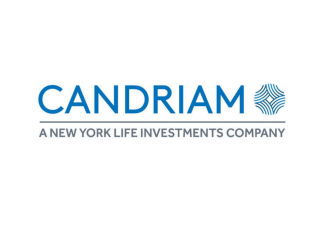Alfredo Mordezki, global head of Latin America fixed income at Santander Asset Management
John Montgomery, portfolio manager, Latin America fixed income at Santander Asset Management
The start of 2019 reinforced the attractiveness of Latin American corporate credit with an improved sentiment towards emerging markets amid a renewed search for yield. The volatility in 2018, driven mainly by political uncertainty in Brazil and Mexico, has positioned the asset class at appealing spread levels while the solid company fundamentals continue to grow stronger.
The dovishness of the Federal Reserve’s (Fed) message in the first quarter, ruling out rate hikes for 2019, had a significant impact on a market that is still very much positioned with less duration than its corresponding benchmarks. The 10 year US treasury yield printed a 2.41% level at the end of the quarter, highlighting value at the investment grade and high yield sub-sectors of the Latin American credit universe.
The latest Fed actions provided support to the markets, mainly to emerging market economies. Despite evidence of macroeconomic weakness in developed economies, central banks’ strategies have limited the potential impact on their respective markets and economies. In our view, these actions should result in a weaker US dollar but monetary policy supports demand for US denominated risky assets.
Trade discussions between the US and China continue to play a key role in global market conditions, with expectations of when these may conclude varying on an almost daily basis. A positive outcome would undoubtedly benefit Latin American countries but, even with potential headwinds, Chinese data has remained stringent. Business expectations and consumer confidence have improved in recent months, albeit on an expected positive outcome that now seems challenging, and were supportive of manufacturing indicators that came stronger than anticipated.
Chinese authorities are planning tax cuts and other credit facilities to stabilise the economy, therefore we would expect Chinese economic indicators and markets to continue to be encouraging.
The eurozone is also providing supportive conditions to global markets and the economy as they are expected to maintain rates at 0% for the foreseeable future and have re-activated Long Term Refinancing Operations (LTROs). That being said, macroeconomic weakness in the eurozone will likely remain, with particular focus on Germany’s manufacturing downtrend.
Focus for investors in Latin America will continue to be on the countries that provided most of the headlines in 2018. The success of Brazil’s pension reform negotiations will determine how well credits perform this year with early indications of optimism. In Mexico, all eyes will be on Pemex’s credit strengthening strategies and the new administration’s conviction to see out its election pledges. In Argentina, presidential election poll trends will add volatility to sovereign and credit markets, particularly if President Mauricio Macri’s approval ratings continue to disappoint on the downside and populist alternatives get traction.
We believe that global macro factors will be the main drivers for emerging market credit for the remainder of the year, with standalone fundamentals and technicals remaining relatively stable. After a strong performance of the asset class in the year to date, we believe there is further room for tightening but expect the rally to be more gradual. Primary markets are expected to remain active and the pipeline should continue to be strong, providing the Latin American credit market with liquidity to further enhance returns.
Read the latest updates on Latin American markets provided Santander Asset Management UK by visiting http://www.santanderassetmanagement.co.uk/institutions/en_GB/institutions/Markets-andInsights


